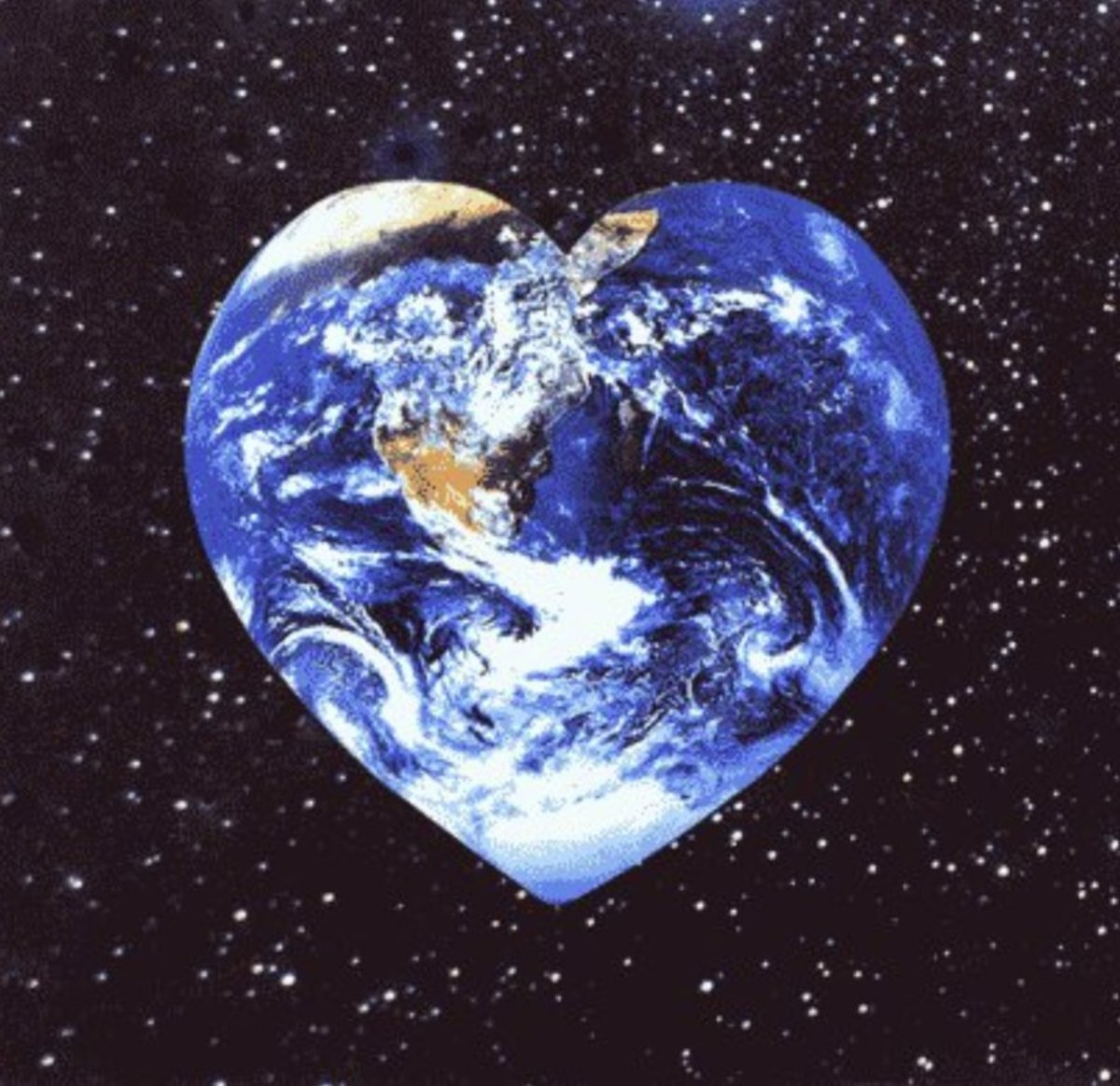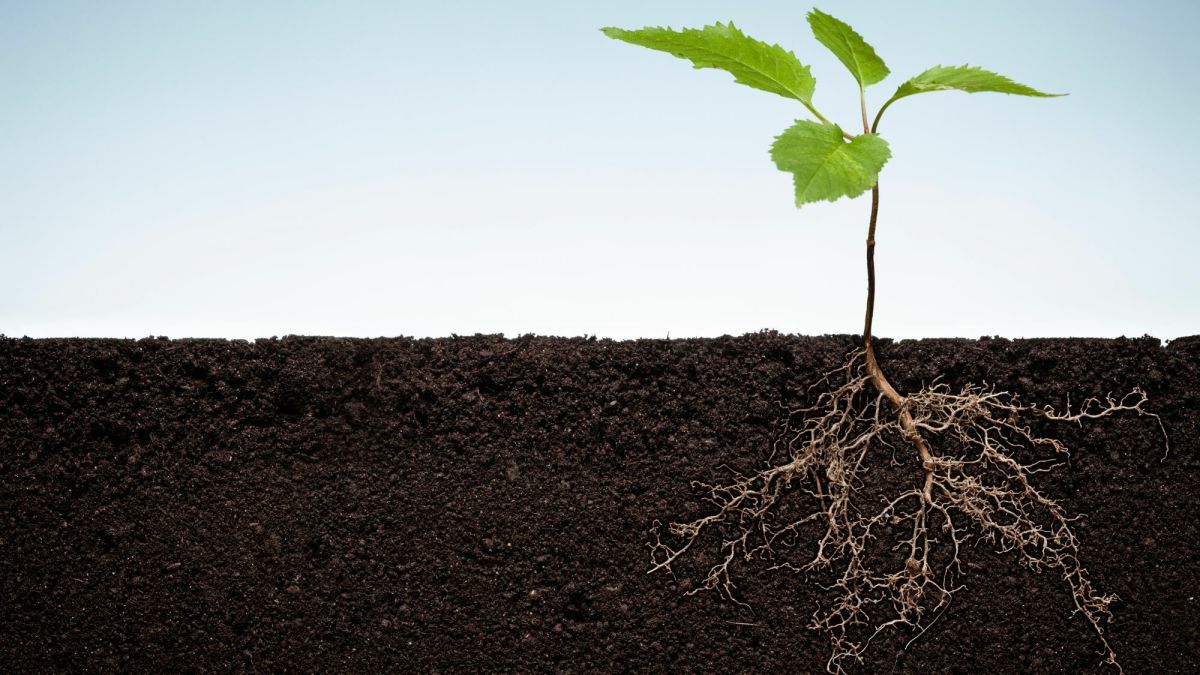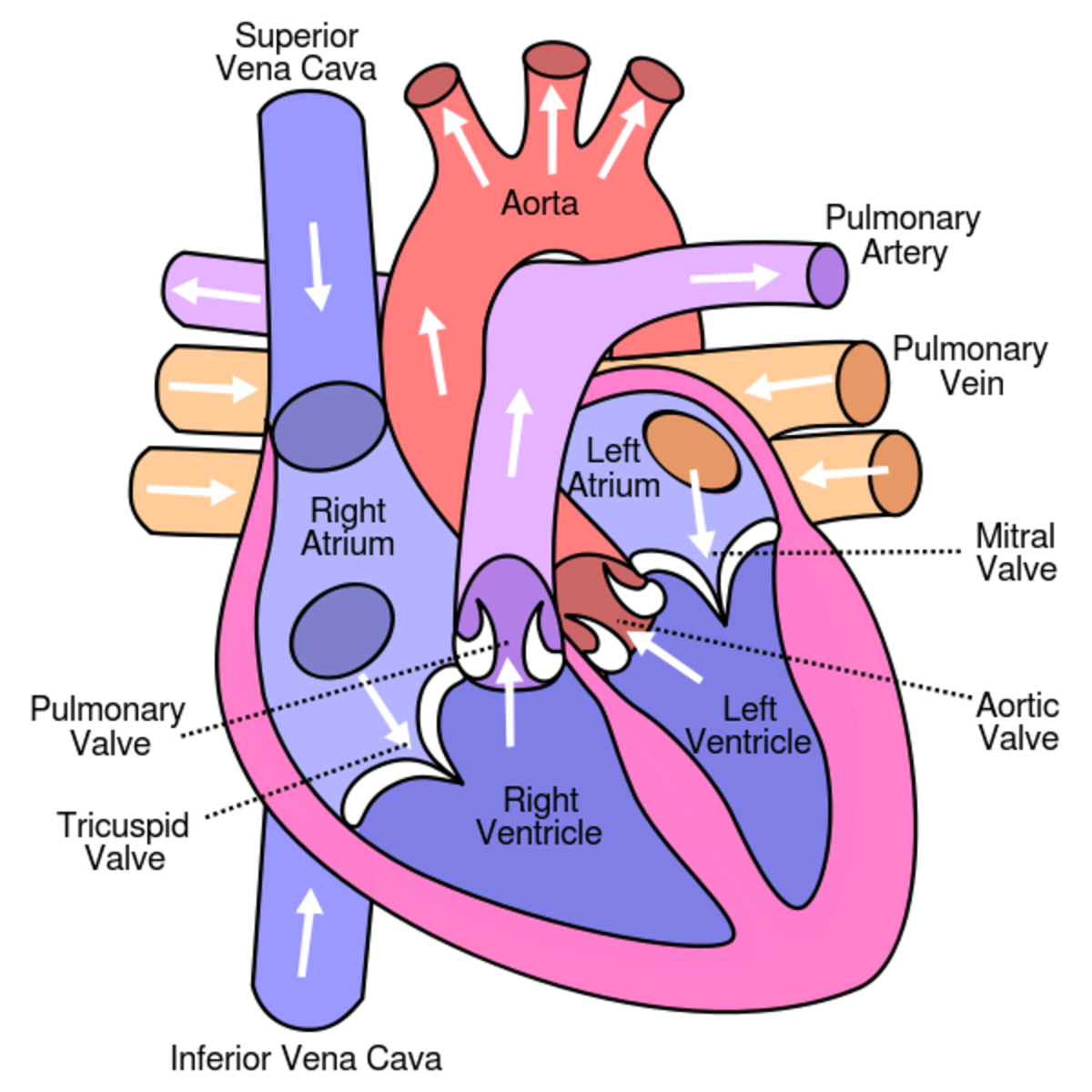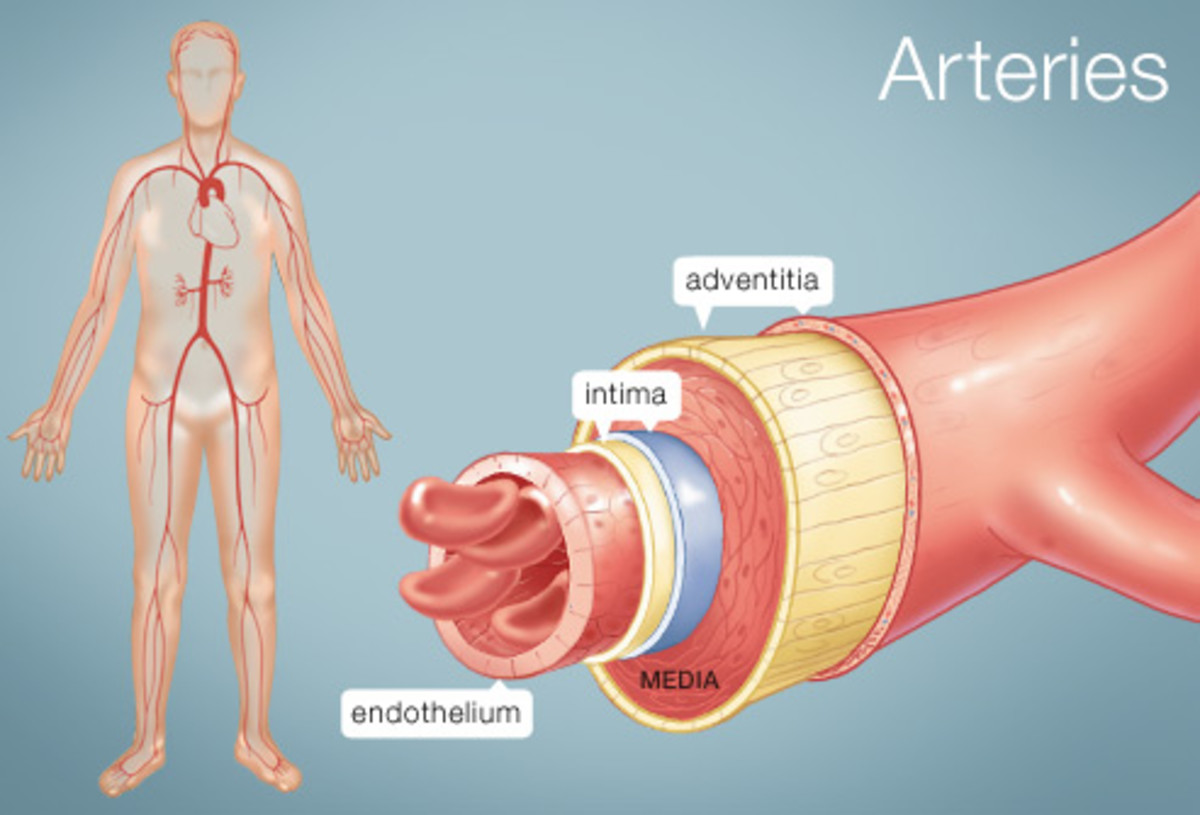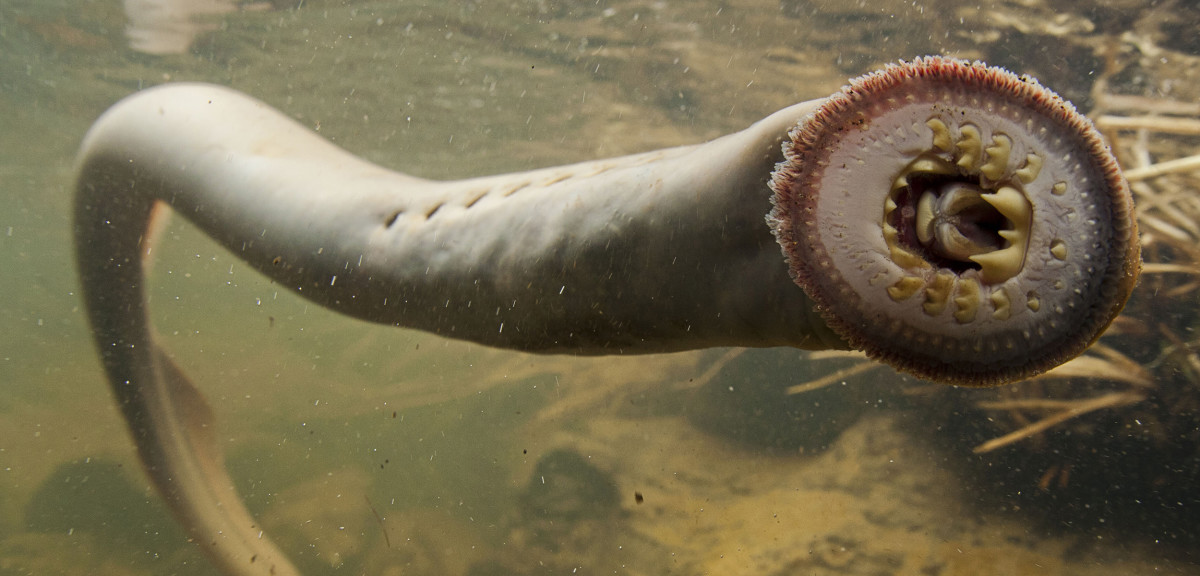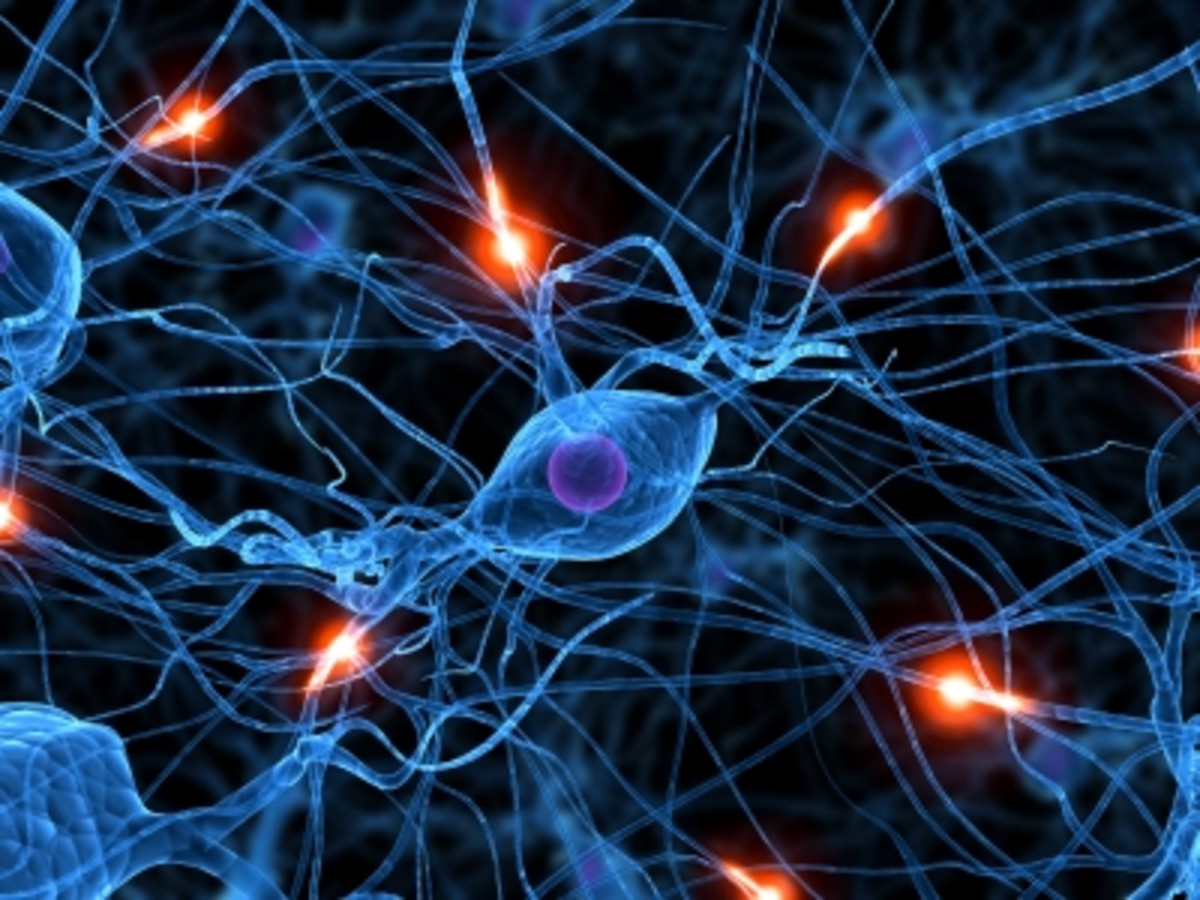Structure and Functions of Human Heart

Everything about the lub-dub sound
We all have the experience of our teacher asking us to keep our hands on the left side of our Chest to feel the heart beat. Whenever we go to a doctor, he checks heart beat with 'Stethoscope". How does your heart beat when you are in your class, while in sports, while watching a horror movie? Heart beats in different speeds in different activities. Right? Why does it do so? Is it true that heart is in the size of one's own folded fist? What role does a heart play in the circulatory system? Heart is a wonderful, untiring organ of our body.
Heart:
Heart is a strong muscular organ situated in the chest between the right and left lungs and enclosed in a bag called the Pericardium. It lies behind the breast bone and the ribs, slightly to the left. But we feel heart on the left side of the chest. What is the reason behind it? It is because the left ventricle is stronger as it pumps blood to all parts of the body. And the second reason is that the left lung is smaller than the right lung. So we feel heart on the left side of the chest.
- Heart has two auricles on the upper half, which are separated by inter atrial Septum and act as reservoirs of blood. It has two ventricles on the lower half, which are separated by inter ventricular septum and act as the pumps. Auricles and ventricles are separated from each other by partitions. There is impure blood on the right side and pure blood on the left side of the heart.
- Heart is the most important organ which pumps blood to various organs of the body to sustain life. It pumps blood at an average rate of 72 times per minute (about one lakh times a day) to provide about 5 litres of blood to various parts of the body in one minute. This blood flows through blood vessels which stretch over a length of about 1,12,000 km . A normal heart of about 12 cm × 9 cm × 6 cm weighs on an average 325 grams in males and 275 grams in females.
- One half of the heart receives blood from the lungs and sends it to the rest of the body. The other half sends blood that has travelled through the body back to the lungs.
- When the heart muscle contracts, the blood is forced out into arteries and enters small capillaries. Blood returns to the heart through veins, materials enter and leave the blood across the thin walls of capillaries, which are located near every cell of the body. In almost every case, blood leaving a group of capillaries travels to the heart and then to the lungs for more oxygen before it returns to the capillaries.
Heart Beat: The contractions of the heart are involuntary. 27949.3 litres of blood is pumped through 99776.6 km of blood vessels in a day. One heart beat represents one contraction and one relaxation.
Contraction phase is called systole and relaxation phase is called diastole. One heart beat has three stages:
1. Contraction of auricles
2. Contraction of ventricles
3. Relaxation of auricles and ventricles.
Circuit: The path in which the blood flows is called a circuit. There are 2 circuits for the flow of blood.
1. Pulmonary circuit: It is between heart and lungs.
2. Systemic circuit: It is between heart and organs of the body.
Double Circuit heart: The heart that pumps blood into two circuits is called a double circuit heart. The blood streams coming from these circuits are kept separate.
Differences between the two circuits:
Pulmonary Circuit
| Systemic Circuit
| |
|---|---|---|
1. The right auricle receives the de-oxy geneted blood from all parts of the body and sends it to right ventriclecle.
| 1. The left auricle receives the de-oxy geneted blood and sends it to be left ventricle
| |
2. The right ventricle sends this de-oxy geneted blood to the lungs where it gets purified by pulmonary aorta.
| 2. The left ventricle sends this oxygeneted blood to different parts of the body through systemic aorta
| |
3. After purification in the lungs, the oxy-geneted blood is sent to left auricle and then to left ventricle.
| 3. The de-oxy geneted blood is sent to the right auricle and then to right ventricle.
|
Blood Transport from all the body parts to the heart:
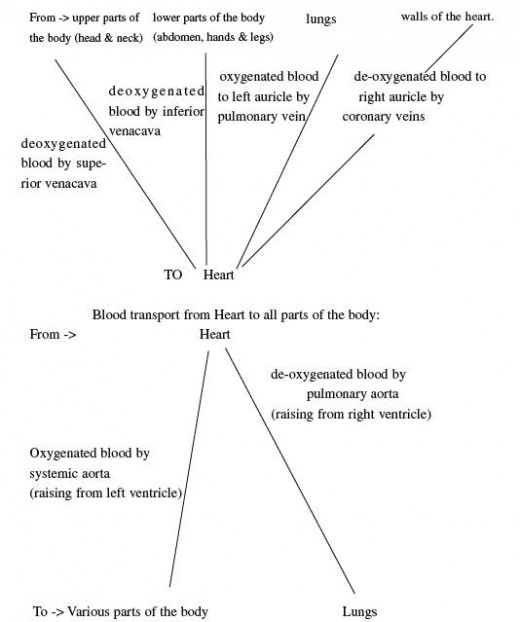
The Cardiac Cycle:
The electric impulses produced in sinu auricular node and Auriculo ventricular node (these are the nodes of muscle cells which regulate the contractions of heart) are responsible to bring about the normal functions of heart.
Both S-A Node and A-V nodes are called the Pacemakers. The sinu auricular node is the place where heart beat originates. It is a mass of neuromuscular tissue. Auriculo ventricular node (AV node) is called the Pacesetter. It picks up the wave of contraction propagated by S-A node.
Cardiac Cycle: All the events occurring in one complete heart beat constitute a cardiac cycle.
- One cycle of heart (Cardiac Cycle) is completed in 0.8 Seconds in man.
Heart rate: Pulse per minute is called as heart rate.
Pulse: It is the alternate expansion and elastic recoil of an an artery with each systole.
Normal pulse rate 70 - 90 / minute.
Cardiac output: The amount of blood pumped by heart per minute is cardiac output.
Blood Pressure (BP):
The pressure with which the blood flows in the blood vessels is called blood pressure.
Sphygmomanometer: It is the instrument with which B.P is measured, The normal B.P. is 120 / 80 ie: (Systolic pressure / Diastolic pressure
- If B.P. is very high than the usual 120/80, it is called as hypertension. it results due to the blocking of arteries by cholesterol.
People above 45 years should get their Blood pressure checked twice in a year.
Preventing steps:
1. Diet Control
2. Exercising
3. Avoiding Stress and Strain
4. Avoiding smoking
5. Avoiding alcohol consumption
6. Taking Medicines.
Cardiac Cycle
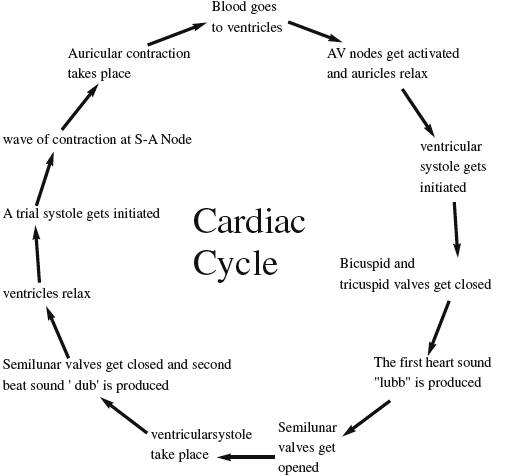
Structure of the Human Heart
You Might Also Like
- Blood Groups and Importance of Blood Donation
Did you ever receive an sms on your / your dads mobile appealing for a particular blood group for any patient? Do you think you can donate your blood to anyone who is in need? - Human Nervous System
"Do you have a brain?" We often ask this question to our friends who say something or act in a way of ignorance. "I am nervous". We say this in the fear of exams. "ouch" we scream and take off our hand when something sharp pricks it. - Human Reproductive System
Human being is the highly evolved unisexual, sexually dimorphic and intelligent organism. - Chemical Co-ordination in Animals
We get amazed when we see or hear of wonders like wonders of the world, facts of the universe, the cosmos etc. But do you know that our body is a major wonder?


